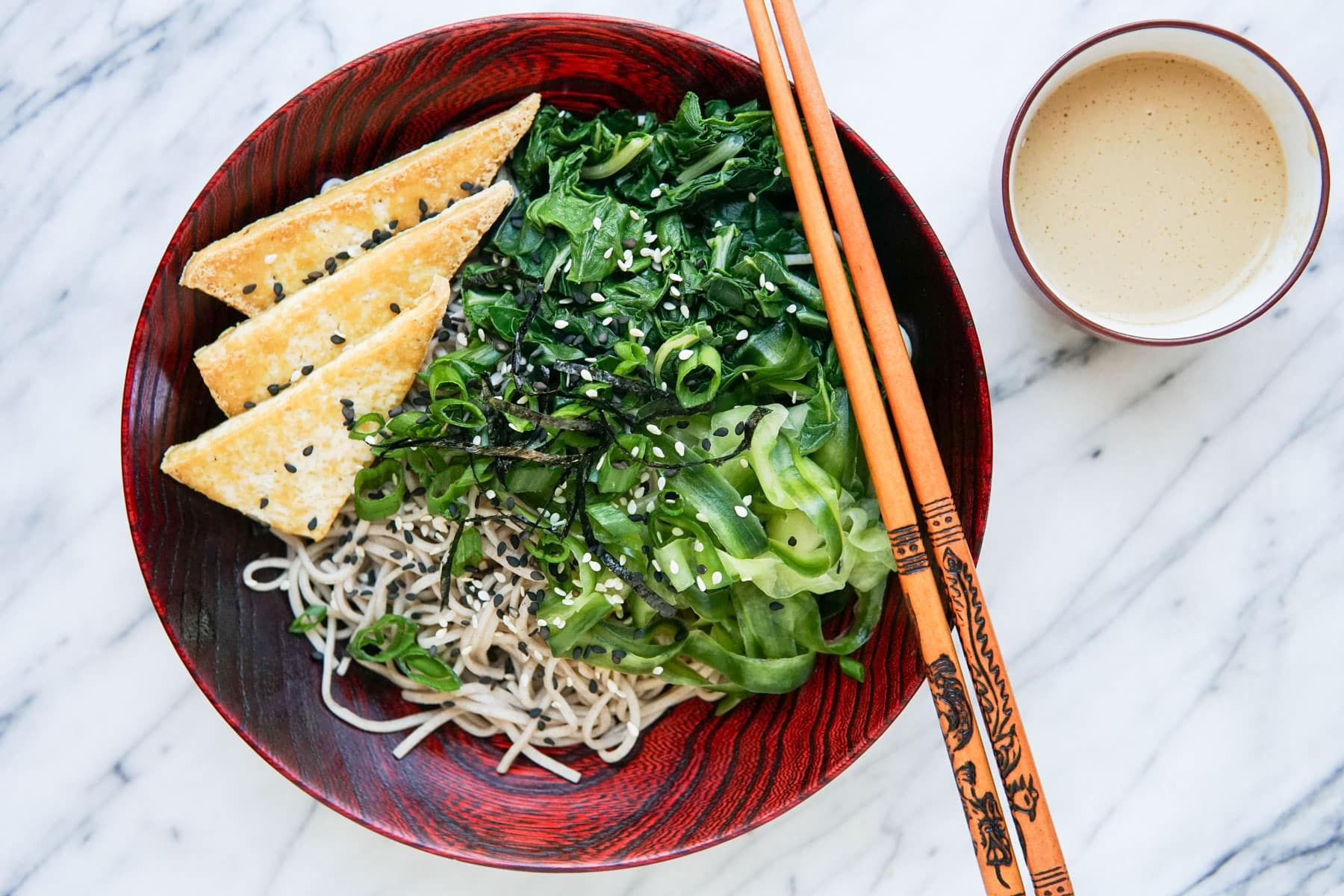
I’ve always liked soba noodles, but I fell in love with their delicate, nutty flavor and dense texture while in Japan. My favorite way that I ate them was cold with a dipping sauce. Instead of tossing the cold noodles in a sauce, you serve the sauce on the side and dip each bite of noodles into the sauce. That way, each bite is perfectly coated in sauce without getting soggy, dry, or watered down. However, to make it easier, you can also just eat this as a simple soba noodle salad (see note).
Soba noodles are a variety of Japanese noodles made from buckwheat flour and water, though you’ll often find them made from a combination of wheat and buckwheat flour for better texture. Good buckwheat noodles are dense and slightly chewy with a delicious nutty flavor. In Japan, soba noodles are made with great pride by hand every day and are typically served with a soy dashi dipping sauce, but my favorite was the creamier sesame dipping sauce.
This recipe transports me back to Japan and I hope you love it as much as I do!
Ingredient highlight
Soba noodles! are a Japanese noodle made from buckwheat flour (often mixed with wheat flour). Buckwheat flour is naturally gluten-free, nutty in flavor, and dark in color. Soba noodles are a great source of protein, packing in about 8g in just 2 ounces uncooked. They’re also a good source of in iron, calcium, potassium, and zinc.
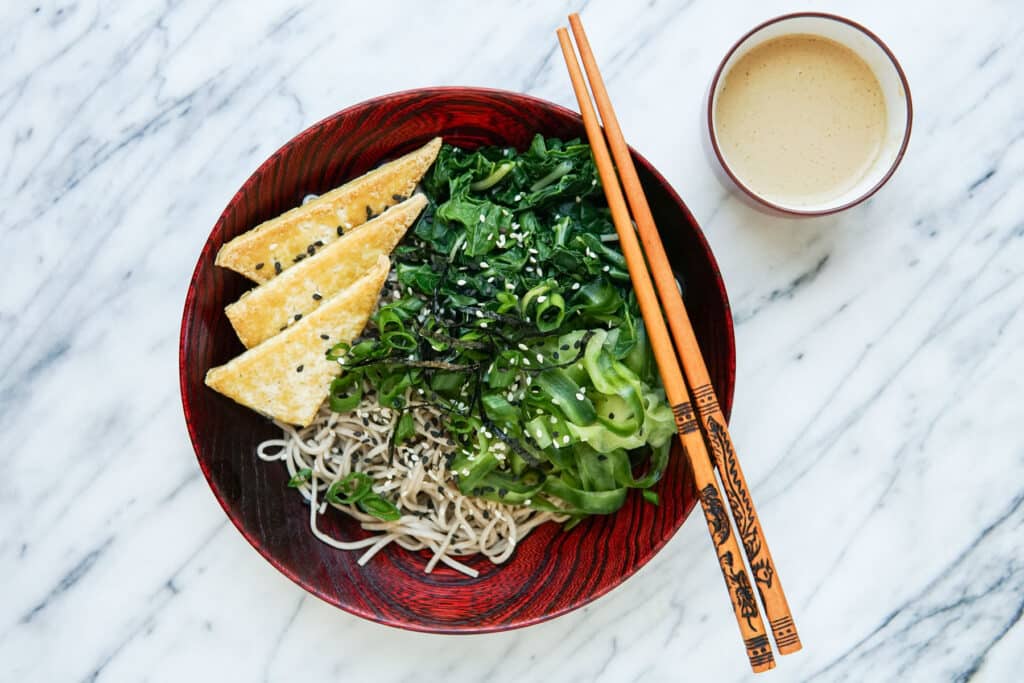

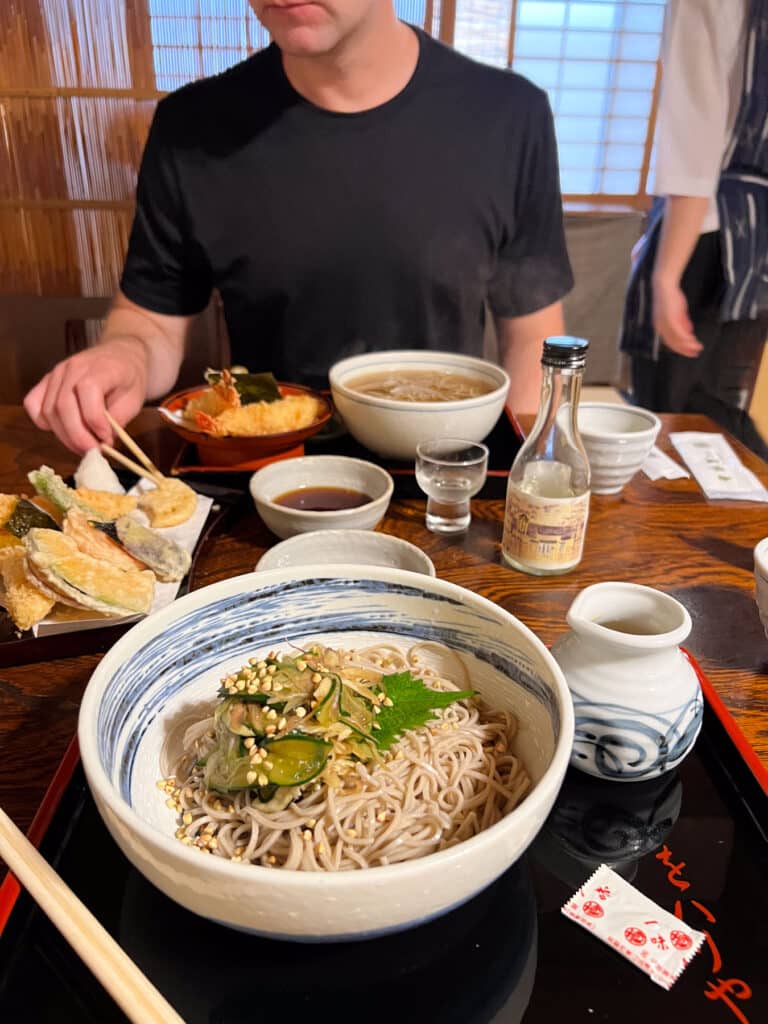
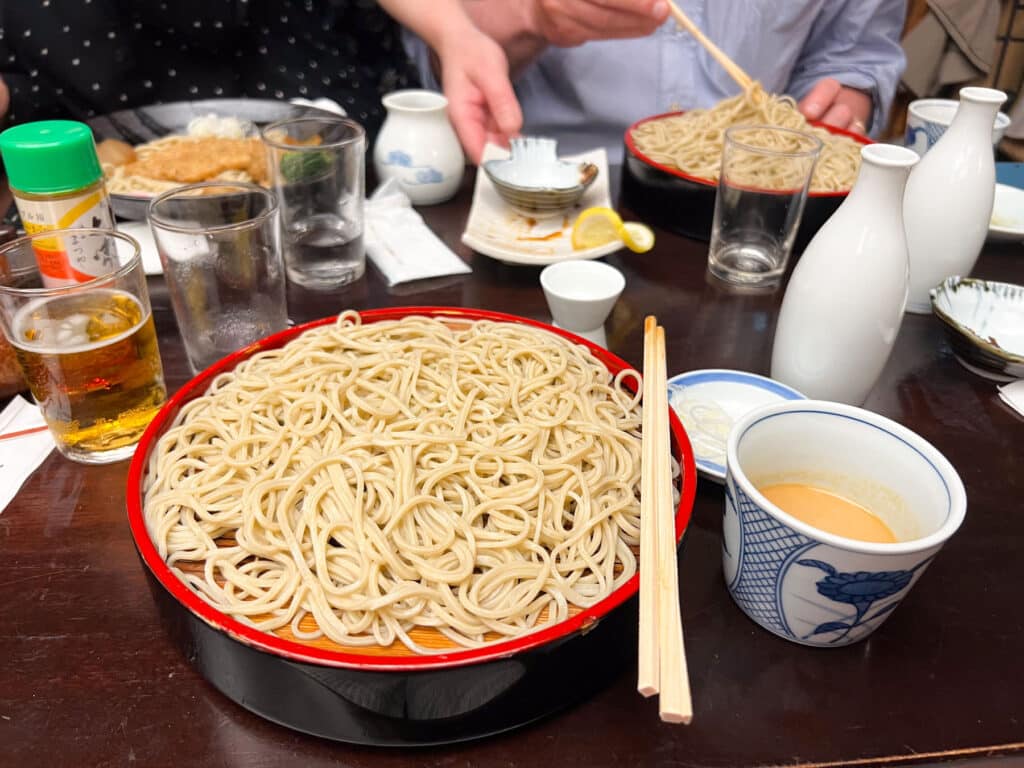

Ingredients
- 8-10 oz soba noodles*
- 1 bunch swiss chard, stems removed
- 1 (14 oz) block extra firm tofu, thinly sliced into slabs, pressed (optional)**
- 1-2 cucumbers, sliced/peeled into thin strips or ribbons (or cut into matchsticks)
- Thinly sliced scallions
- Thinly sliced or crumbled nori (optional)
- Sesame seeds (optional)
For the dipping sauce:
- 1/2 cup tahini
- 3 tbsp soy sauce or tamari
- 2 tbsp rice vinegar
- 1 tbsp + 1 tsp toasted sesame oil
- 1 tbsp maple syrup
- 1/2 cup water
- *You could also make this with regular spaghetti noodles or udon noodles.
- **See recipe for instructions on how to simply fry your tofu. You can also bake brushed with plenty of oil at 425F convection for 20-25 minutes instead of pan-fry. You could also just enjoy it uncooked or skip it all together!
- Make it a noodle salad! ~ Skip the dipping and just chop the veg, add sauce to your bowls, and mix it up. Start with ⅓ cup of water for the sauce (or as much as needed to get to a drizzle-able but not water consistency) since the cucumbers will water down the sauce and the noodles will absorb it as it sits.
- Fun fact! ~ In Japan they always save the buckwheat noodle cooking water and serve it alongside this dish so that you can pour it into your sauce cup and drink it at the end. They say that the noodle water contains nutrients and minerals from the buckwheat noodles and it tastes delicious mixed with the sauce!
Instructions
- Bring a large pot of water to a boil. Add the soba noodles and cook according to the package instructions, adding the greens in during the last 1-2 minutes. (See “fun fact” and save some of the cooking water if you’d like). Drain and rinse with cold water until the noodles and greens are cold.
- Remove the greens, squeeze out excess water, form them into a tight log, and thinly slice. To keep the noodles from sticking, drizzle some sesame oil onto the cold noodles and gently toss to coat.
- In a medium bowl or jar, add the tahini, soy sauce, vinegar, sesame oil, and maple, and stir to combine. It will clump up and look weird for a bit, but keep stirring until it thickens, then stir in the water until totally smooth. You want it to be just barely thick enough to coat the noodles lightly, but not so thick that it glops onto the noodles. Add more water as needed.
- In your bowl, add the noodles, greens, cucumber, and tofu (if using). Top with sesame seeds, scallions, and nori (if using). Add ¼ of the sauce to a small bowl to serve on the side. Use chopsticks (or a fork) and dip each bite of noodles and the tofu slabs into the sauce, letting the excess sauce drip into your bowl.
- If you saved the buckwheat cooking water, pour it into your sauce cup (you should have a bit of sauce left in there), give it a stir, and drink up!
How to pan-fry tofu (optional):
- In a large skillet over medium-high heat, add enough oil to thinly coat the pan (about 2 tbsp). Once the oil is hot and shimmering, add your tofu slabs and let them cook for 2-3 minutes, or until golden, then flip and cook for 2 more minutes. Transfer to a plate or cutting board lined with a paper towel.
Items you can prep ahead (optional)
- Remove stems from 1 bunch swiss chard
- Cook 8-10 oz soba noodles (and greens) and rinse with cold water + thinly slice the greens
- Make dipping sauce
- Thinly slice tofu into slabs, and press with a kitchen towel or paper towel to remove excess water (optional)
- Pan-fry tofu (optional)
- Slice/peel 1 cucumber into thin strips or ribbons
- Thinly slice scallions
Substitutions:
- To make gluten-free, use 100% buckwheat noodles or a gluten-free spaghetti.
- Use any thinly sliced veggies in place of the cucumber and greens (think carrot, radish, cooked spinach, etc…)
- Use kale or any hearty green in place of swiss chard
Storage:
- Store leftovers in an airtight container in the fridge:
- Noodles: up to 6 days
- Sauce: up to 7 days
- Greens: up to 7 days
- Tofu: up to 7 days
Leftovers + Repurposing:
- Put your chilled noodle bowls together, adding whatever veggies or mix-ins you want.
- The sauce will thicken in the fridge so stir a splash of water into the sauce until it thins out.
- Instead of dipping, pour the sauce onto the noodles and make a noodle salad (add water if the sauce is too thick as mentioned above).
- Top with a fried or boiled egg



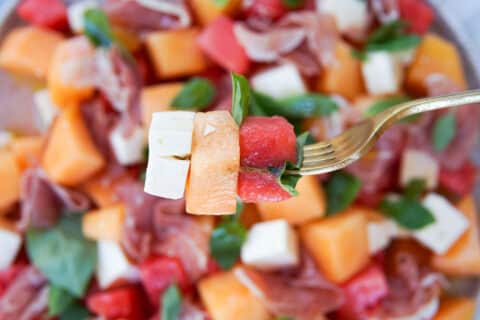
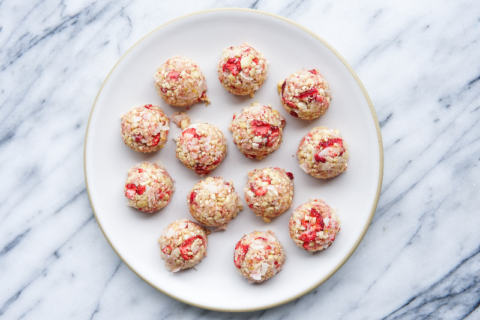
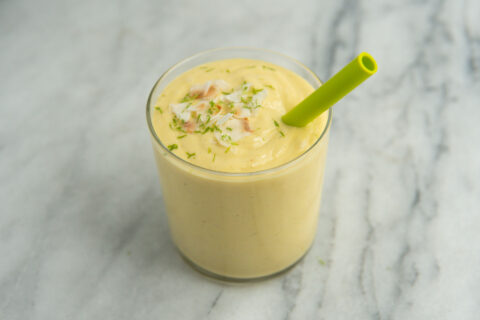
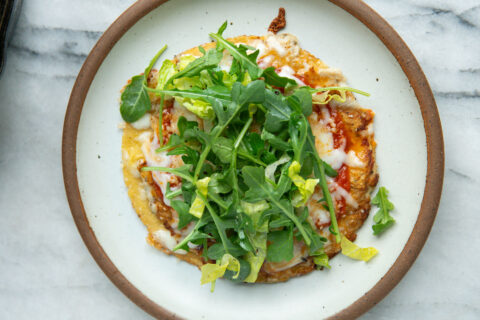
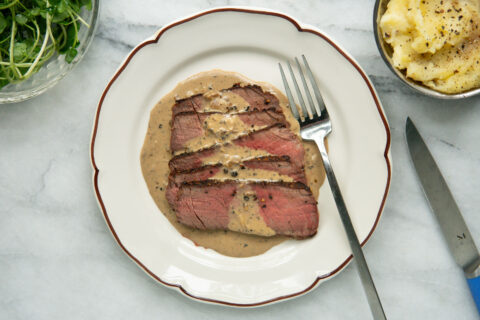


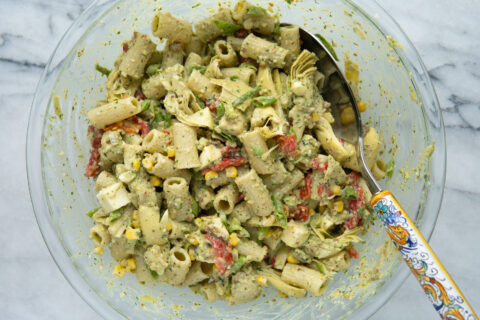
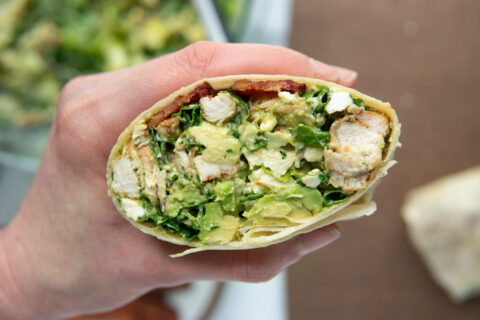
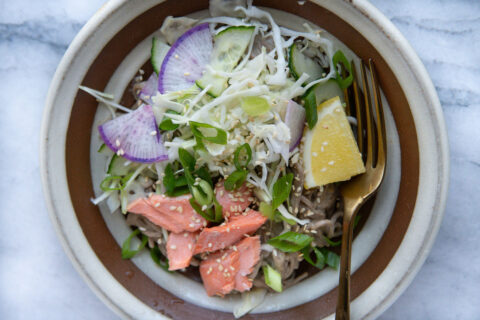
leave your comments!